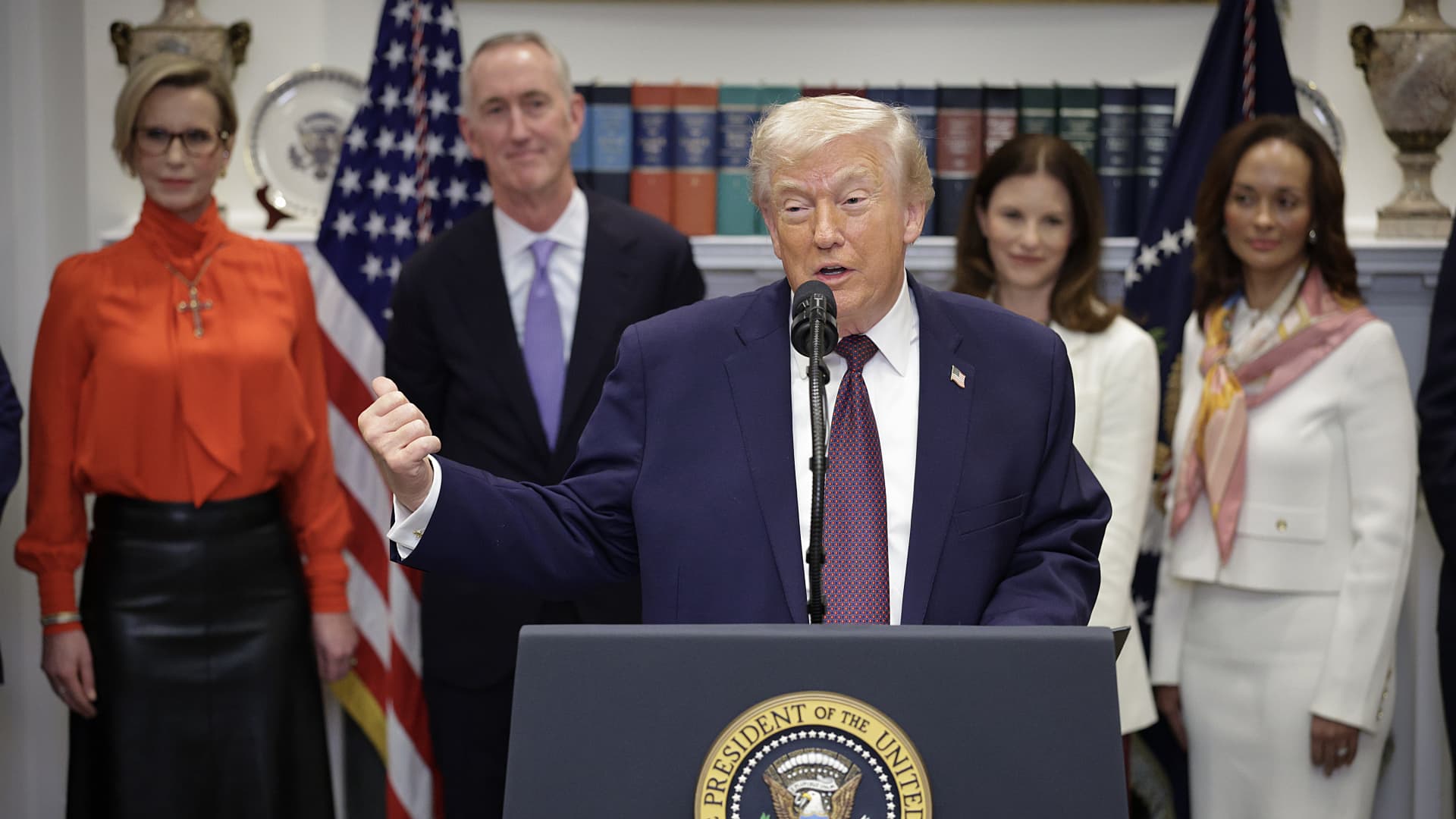After holding the interest rate steady for five consecutive meetings over the past nine months, the Federal Reserve is widely expected to announce a quarter-point rate cut following its two-day September meeting.
The central bank’s decision, to be announced on Wednesday, September 17, comes amid a sharp deterioration in US economic data, particularly in the labor market, which is raising expectations that the Fed will reduce its benchmark interest rate by a quarter point.
The central bank has been holding interest rates steady despite continued pressure from President Donald Trump, as it adopts a wait-and-watch approach to assess how higher tariffs could impact the economy, which appears to be showing signs of stress, as evidenced by a weakening jobs market.
Why does the market expect the Fed to cut interest rates?
The Fed Chairman had indicated in the FOMC meeting on July 25 that future policy actions would depend on the state of the labor market, and recent data showed a deterioration in the labor market, with a slowdown in hiring, rising unemployment claims, and an increasing unemployment rate, a key reason investors expect the central bank to reduce its benchmark interest rate by a quarter point on Wednesday to about 4.1%.
Hiring has slowed in recent months, with a preliminary report from the Labor Department showing that companies added far fewer jobs in the year ending in March than previously estimated.
The report follows the department’s release on September 05, showing that the economy generated just 22,000 jobs in August, adding to fears that President Donald Trump’s erratic economic policies, including massive and unpredictable import taxes, have created so much uncertainty that businesses are reluctant to hire.
Moreover, the unemployment rate inched up to 4.3%, higher than the 6-month moving average, indicating a sustained uptick in unemployment.
Following a weak jobs report for July, which featured substantial downward revisions, President Donald Trump fired then-BLS Commissioner Erika McEntarfer and nominated Heritage Foundation economist E.J. Antoni as her successor.
However, the August payroll count was actually lower than July’s and included revisions that reduced the June total to a loss of 13,000 jobs, the first negative reading since December 2020.
At the same time, inflation picked up slightly last month, with the U.S. consumer price index rising to 2.9% on an annual basis in August, data showed on Thursday, as the CPI notched its biggest monthly jump since January. Annual core inflation — more closely watched by Fed officials — rose to 3.1%. The Federal Reserve’s inflation target is 2%.
With inflation still elevated, the Fed may have to proceed slowly with any further cuts, which would likely further frustrate the Trump White House.
Market fully prices in quarter-point rate
The market was last pricing in a 96% certainty that the central bank will lower interest rates by a quarter percentage point, with a meager 3.6% likelihood of a steeper half percentage point cut, according to the CME FedWatch Tool.
“We believe that the Fed will prioritise addressing labor market weaknesses over the firm inflation print in the upcoming FOMC meet. Taking cues from the sluggish labour market and the PPI reading, bond yields have already softened 25 basis point cut, building in rate cut expectations. We expect two more rate cuts by the end of 2025, starting with a 25bps rate cut in September,” said JM Financial.
(With inputs from agencies)
Disclaimer: This story is for educational purposes only. The views and recommendations made above are those of individual analysts or broking companies, and not of Mint. We advise investors to check with certified experts before making any investment decisions.







